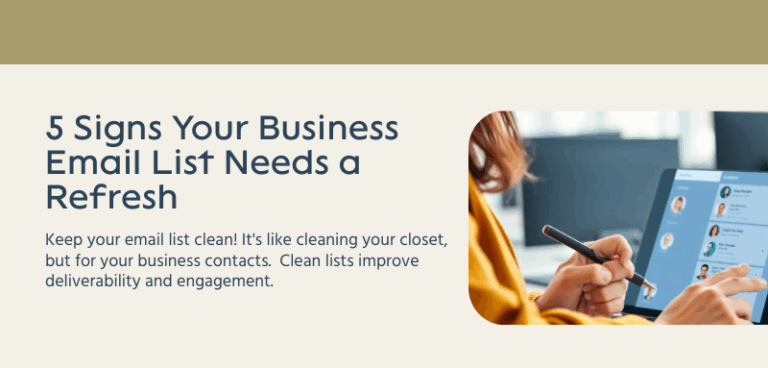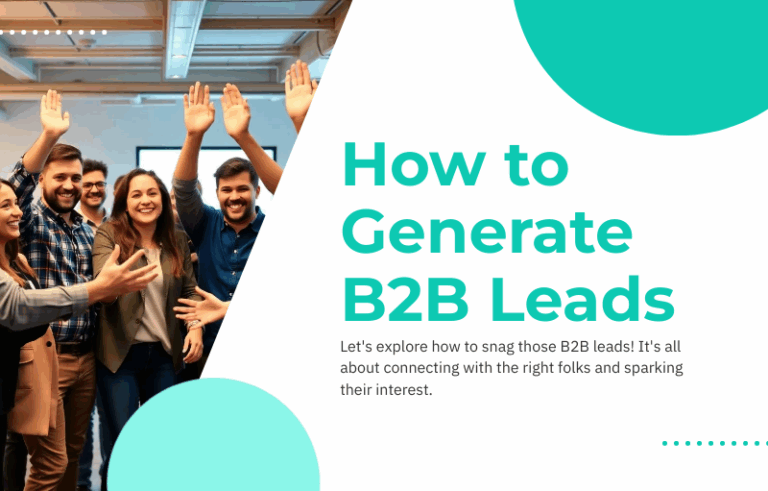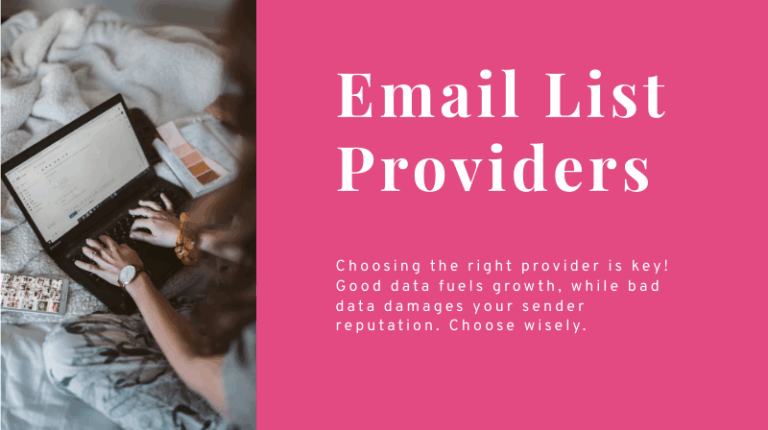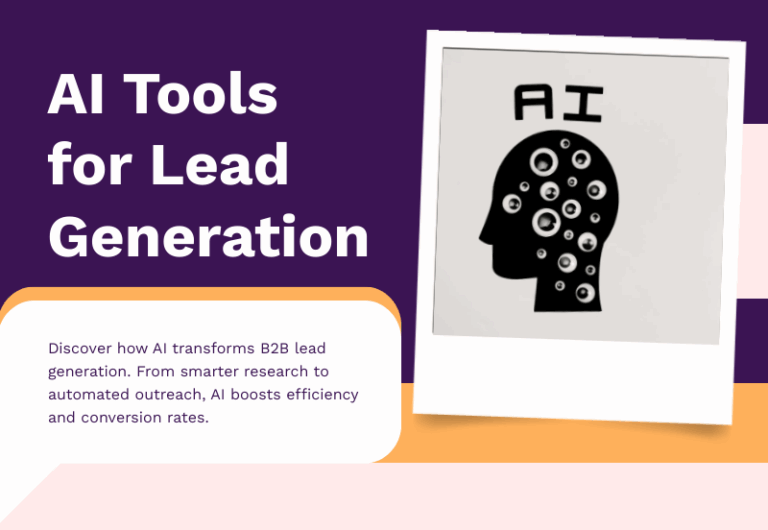 People subscribe to your newsletters and opt in to your email for a reason: They want to hear from you. That doesn’t mean they want to hear from you every day, however; every relationship needs a little breathing room, and that includes your relationship with your prospects. Your average reader gets close to 10,000 emails a year; you want your messages to be a welcome but small fraction of that figure, not a major contributor to in-box clutter.
People subscribe to your newsletters and opt in to your email for a reason: They want to hear from you. That doesn’t mean they want to hear from you every day, however; every relationship needs a little breathing room, and that includes your relationship with your prospects. Your average reader gets close to 10,000 emails a year; you want your messages to be a welcome but small fraction of that figure, not a major contributor to in-box clutter.
Deciding on your optimal email frequency starts with A/B testing. By splitting your email list into segments and sending messages to each segment at different frequencies, you can quickly find your customers’ unique answer to the “how much is too much” question. You’ve reached the sweet spot of maximal returns on your email investments when your open rates are high and opt-out rates are low. You may find that some segments of your global audience are more receptive to frequent emails than others. That’s valuable information too, and your marketing team can use that to channel email at the appropriate rate to each segment of your email universe.
Categorizing Your Email Messages
Sometimes, it’s what you say and not how often you say it that fails to reach your intended audience. Your regular customers might be eager to hear about the latest developments with a new product line or learn about a rewards program while your new clients are more interested in start-up specials and entry-level product information. Divide your email interests and categorize them by audience to ensure that you connect with the most receptive prospects precisely as often as you need to – no more and no less.
Opt-Out or Opt-Down?
Readers don’t mind messages that contain something they want to read even if they arrive frequently. Although high frequency is the single most common cause for opting out, almost 70 percent of email recipients opt out for additional reasons beyond too-frequent emails. Some cite irrelevant emails or brand overload as reasons while others just get too much mail in general and don’t want more messages they perceive as additional work to manage.
One excellent way to avoid testing your prospects’ patience is to put more control in their hands. Give them opt-down possibilities that let them tailor the way they receive email. Offering other options, including letting your readers receive only notification for sales, newsletters or product updates, reduces your overall opt-out rate and eliminates over-saturation. Opt-down strategies work best when you give your readers a wide range of relevant content from which to select the communications they prefer. Your email creative should make each message worth opening, not just another generic ad.
Not Forgotten
While you don’t want to tax your readers’ patience with constant emails that may or may not be relevant to them, avoid going too far in the other direction. You want your name to be familiar to your audience, and sending fewer than one or two emails per month could limit that familiarity. Give your audience a chance to get to know you with two or more emails per month, depending on the results of your A/B tests.
Email remains the most cost-effective way to connect with your customers, generate leads and build your brand, but let just the right amount of absence make your prospects’ hearts grow fonder.
Contact our email marketing experts today at 855.867.3224 to help you devise your next email campaign strategy.
© Reach Marketing LLC 2014 All Rights Reserved.



